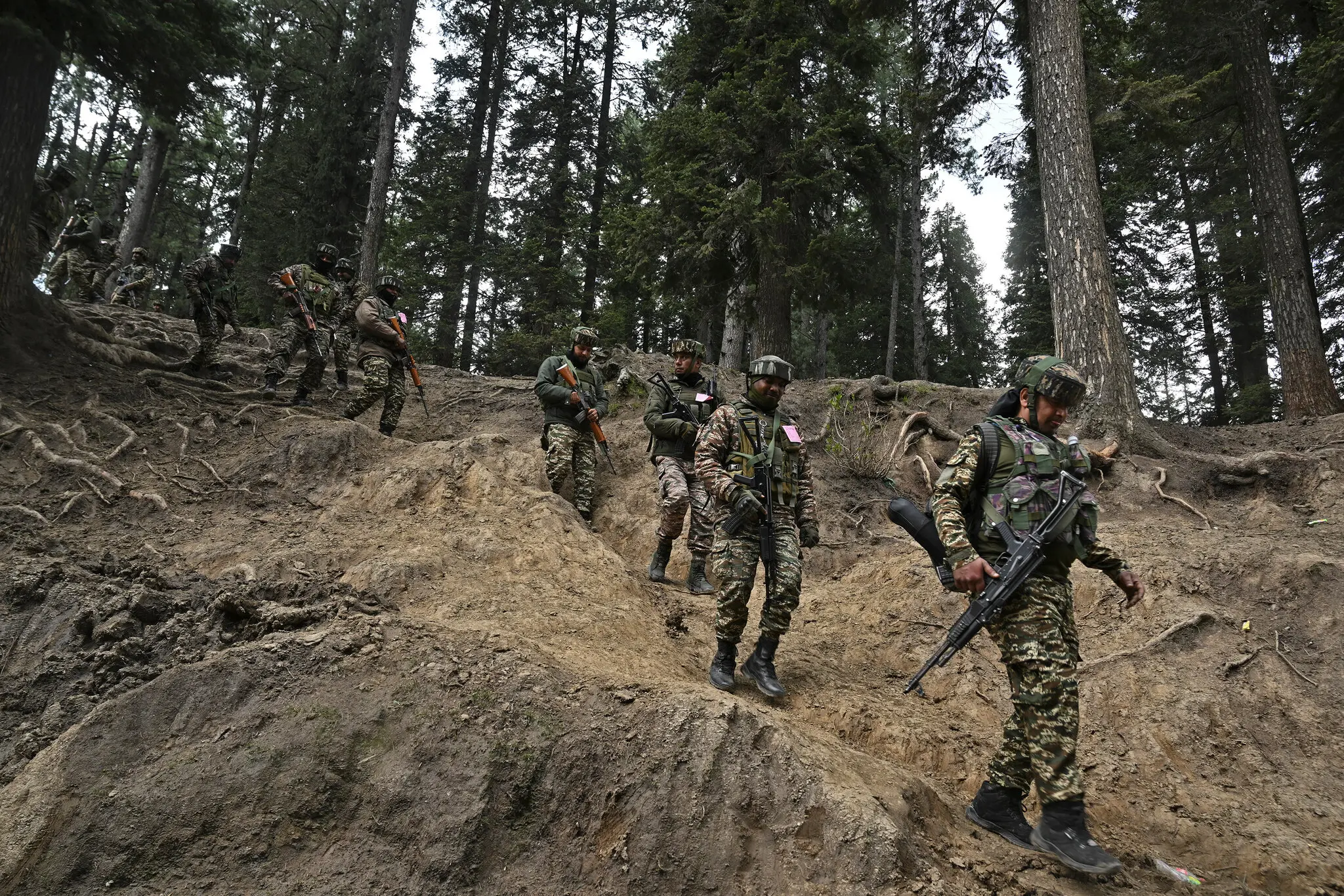All Eyes on 72-Hour Window as Indian Retaliation Appears Likely
Military Movements Fuel Fears of Escalation
In the last 24 hours, activity along the India-Pakistan border has surged. Troop movements, aerial surveillance, and electronic interference have raised global concerns. Analysts believe India may be preparing a retaliatory strike in the coming days. The Line of Control (LoC) and International Border (IB) are under intense scrutiny.
Indian and Pakistani forces have increased reconnaissance flights. Aircraft collecting signals and electronic intelligence have been spotted along both sides of the border. These operations suggest both nations are closely tracking military build-ups and communications.

Electronic Warfare Disrupts Communication
Notably, GPS and satellite disruptions have been reported. Affected areas span Northern and Western India, and parts of Pakistan. These disruptions signal the use of sophisticated electronic warfare tools. Such measures are often used to mask operations or confuse enemy sensors.
India’s Airborne Early Warning and Control (AEWC) aircraft have flown multiple sorties. Mid-air refuelers are also active, hinting at readiness for prolonged missions. Indian fighter jets reportedly performed mock raids near the border. These maneuvers likely serve to probe Pakistan’s air defenses or deliver a warning.

Unconfirmed Missile Activity Raises Stakes
There are whispers of ballistic missile preparations on both sides. Though not officially confirmed, such movements are serious. They suggest readiness for escalation beyond traditional ground or air engagements. If true, this marks a significant shift in posture.
Diplomatic sources say India may soon pull back its staff from Pakistan. This move usually signals rising hostilities or an imminent military strike. Meanwhile, the U.S. and other nations are reportedly urging restraint. Talks behind closed doors aim to prevent a direct conflict.
Analysis: Retaliation Within 72 Hours?
Military analysts believe India is preparing a calculated response. The exact cause of the build-up remains unclear, but it follows a recent provocation. Intelligence experts cite the following warning signs:
- Increased SIGINT and ELINT flights
- Disrupted satellite and GPS signals
- Mock air raids
- Missile-related logistics
- Diplomatic repositioning
Pakistan has not remained passive. Its military is also increasing patrols and defense readiness. Both sides seem to expect an escalation.

Diplomacy vs. Deterrence
International actors are working to de-escalate the situation. The United States is reportedly leading efforts to calm tensions. However, the effectiveness of diplomacy is uncertain. If talks fail, India may proceed with a limited but decisive strike.
India has signaled its readiness. Pakistan’s mirrored response confirms that the threat is real. The region stands at a dangerous crossroad, and any miscalculation could lead to open conflict.
Countdown to Crisis
The next 72 hours are critical. All signs point toward Indian retaliation. The scale and nature of this response remain unknown. However, the current military posturing leaves little room for doubt.
The world is watching. A fragile peace hangs in the balance. Whether diplomacy can halt the momentum toward conflict will soon become clear. For now, both nations stand alert—one move away from confrontation.
Our Visitor






 Users Today : 42
Users Today : 42



